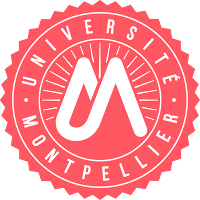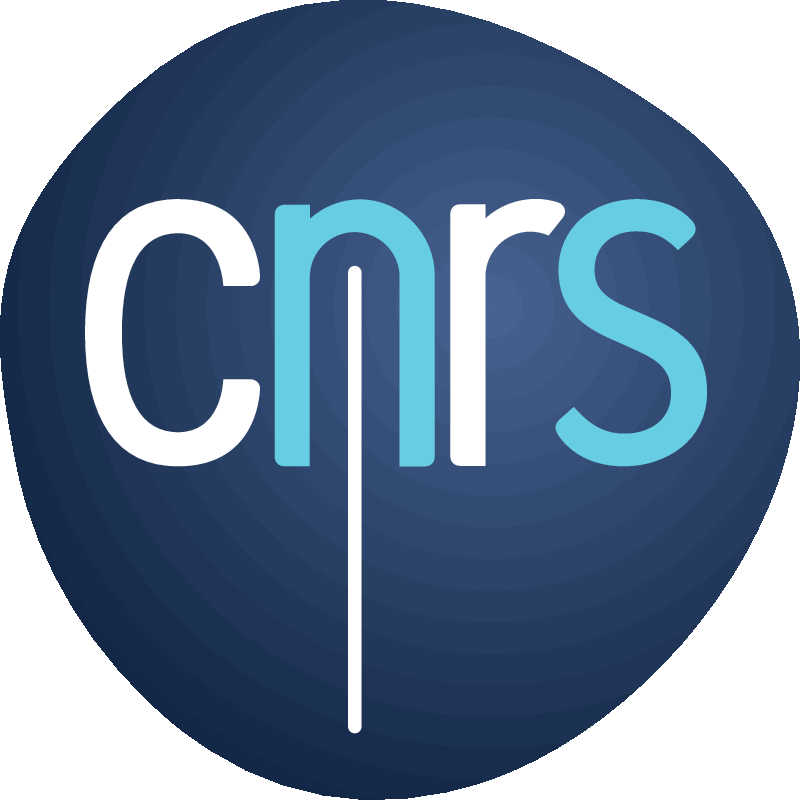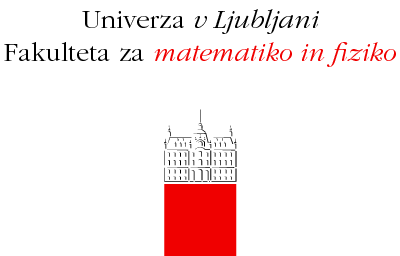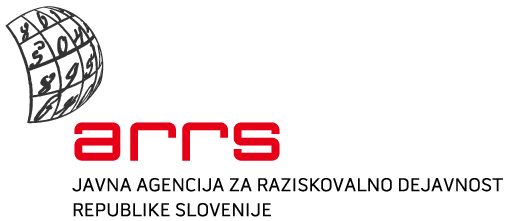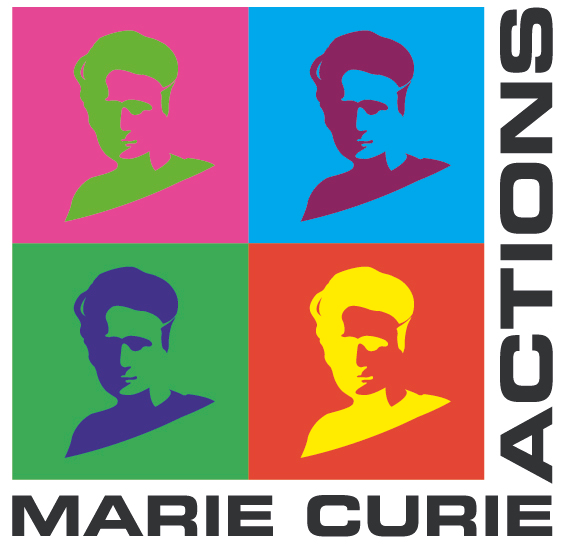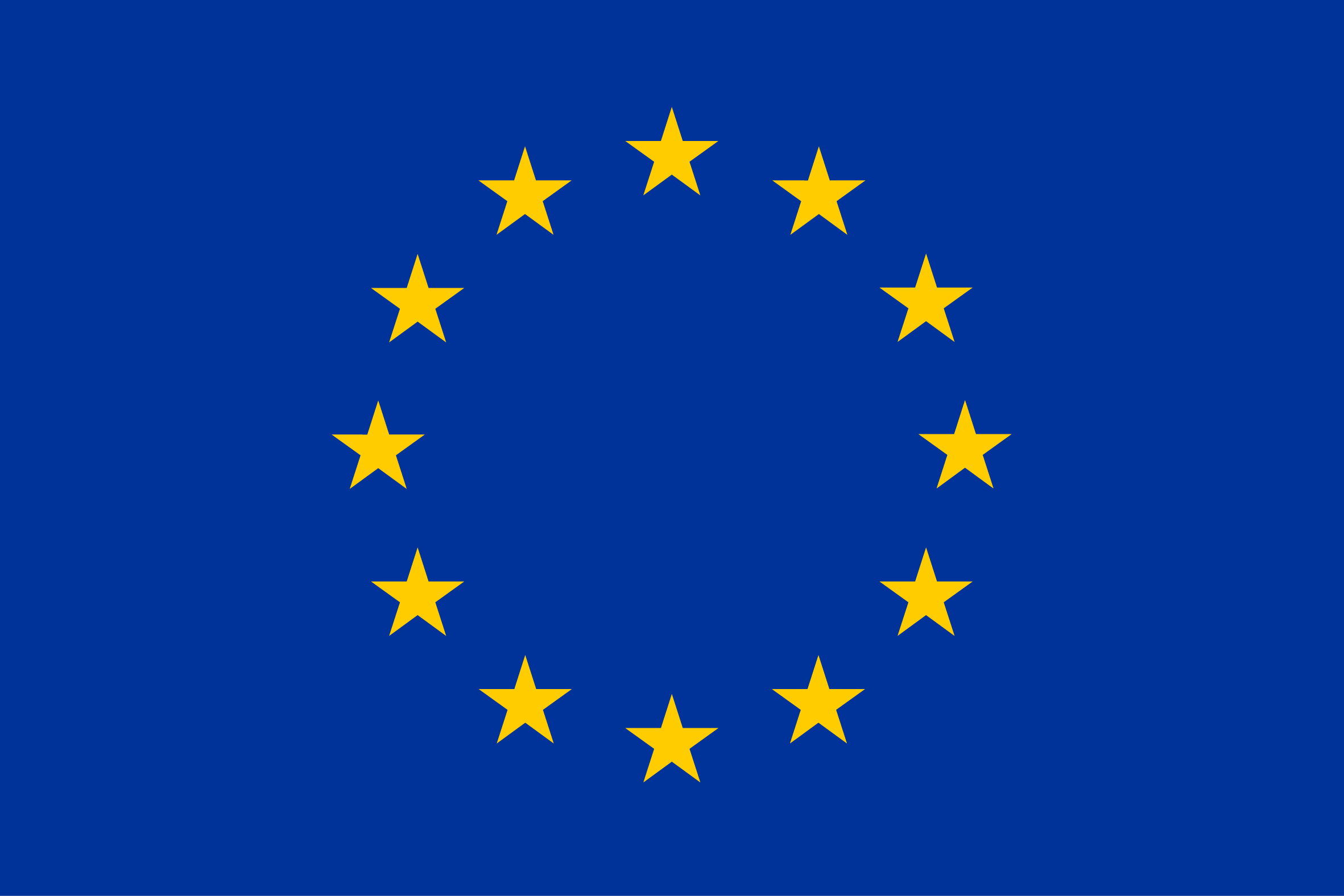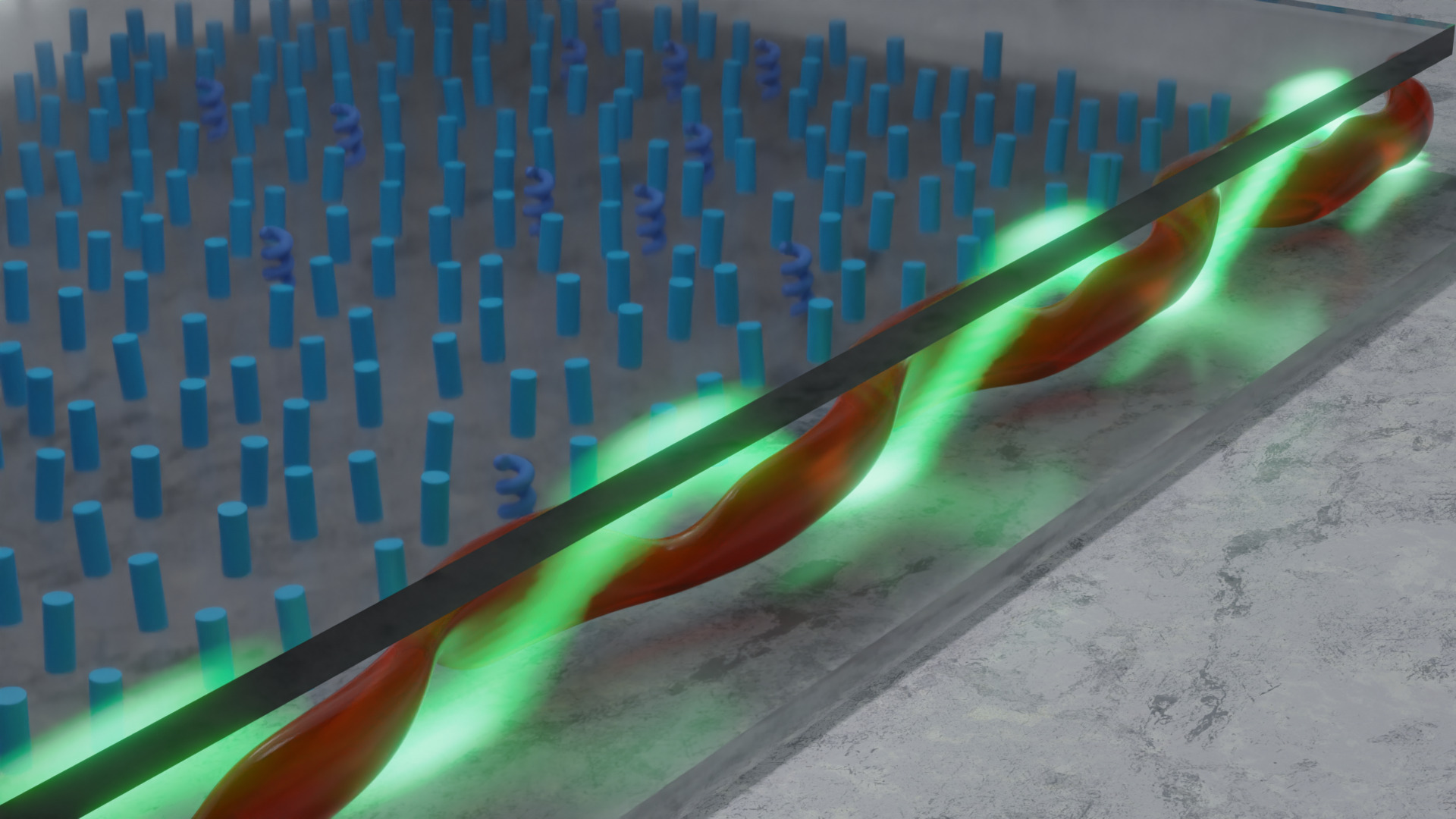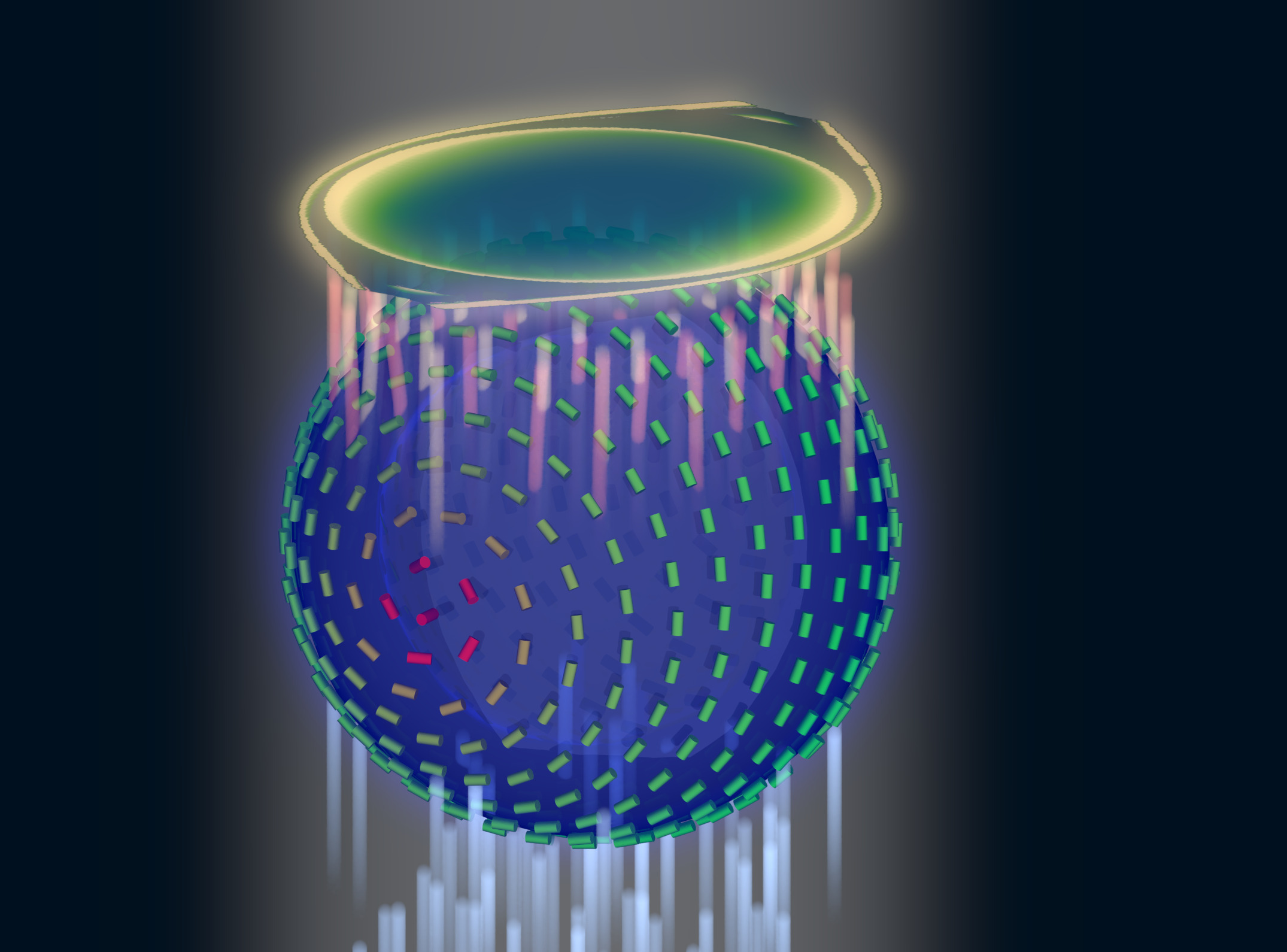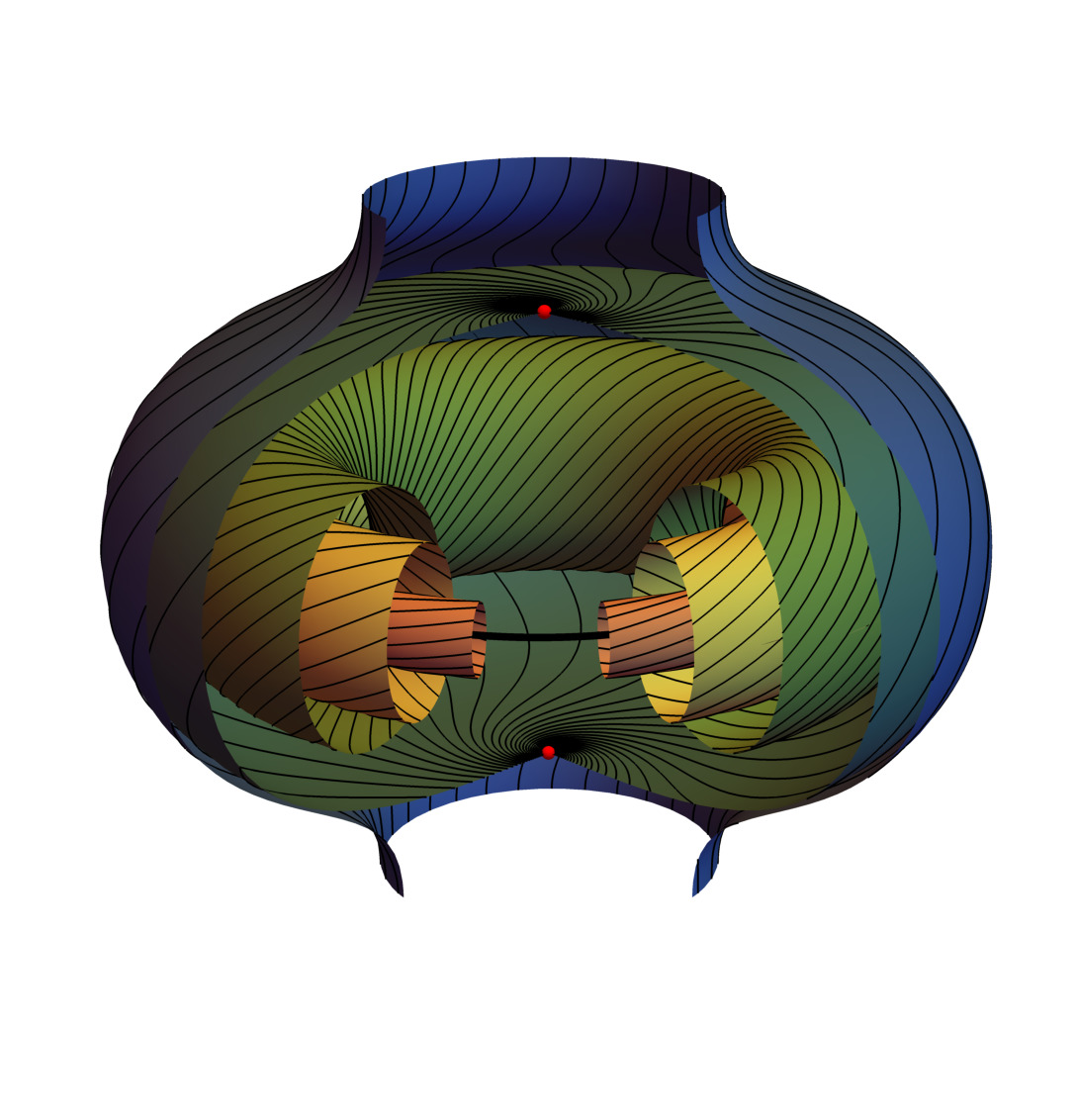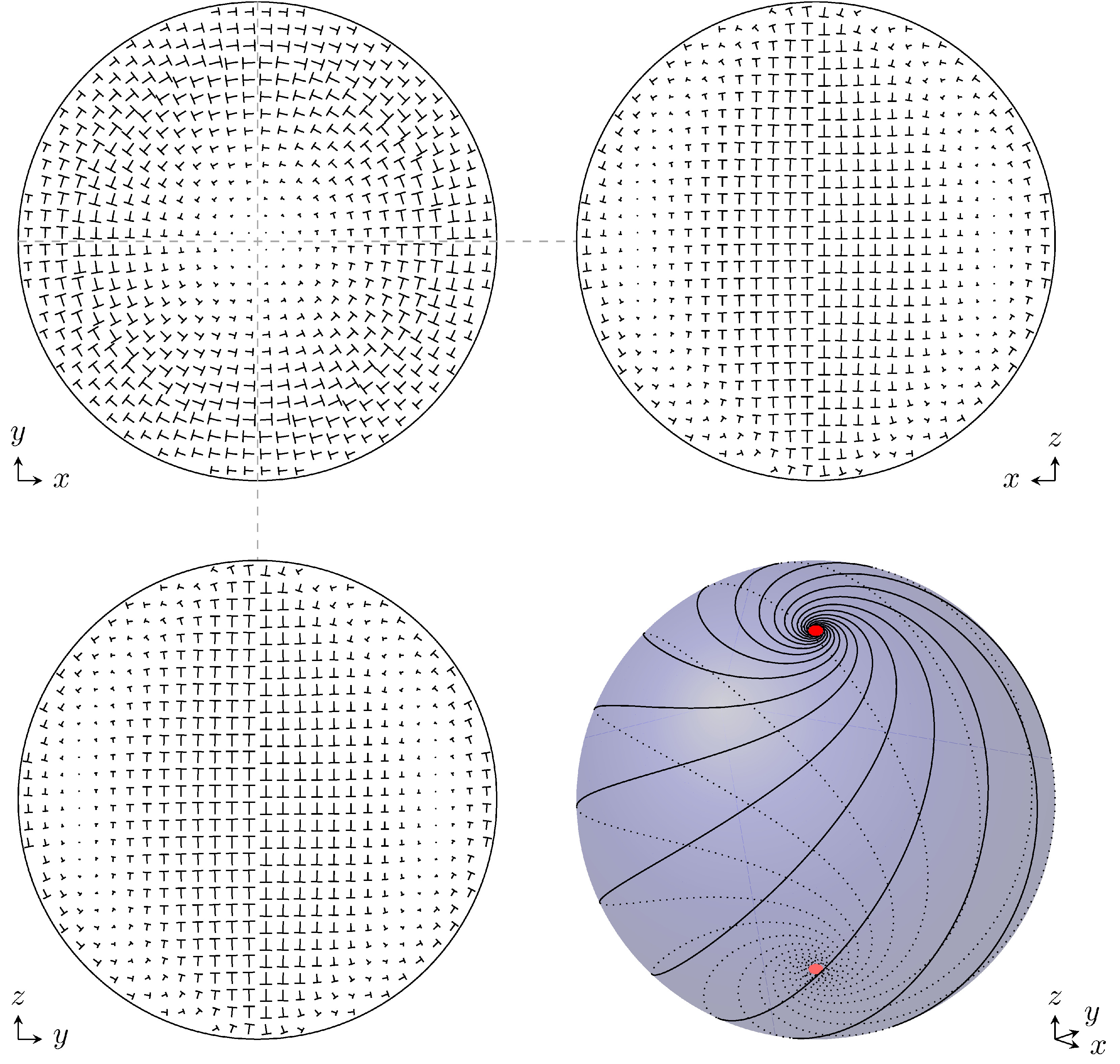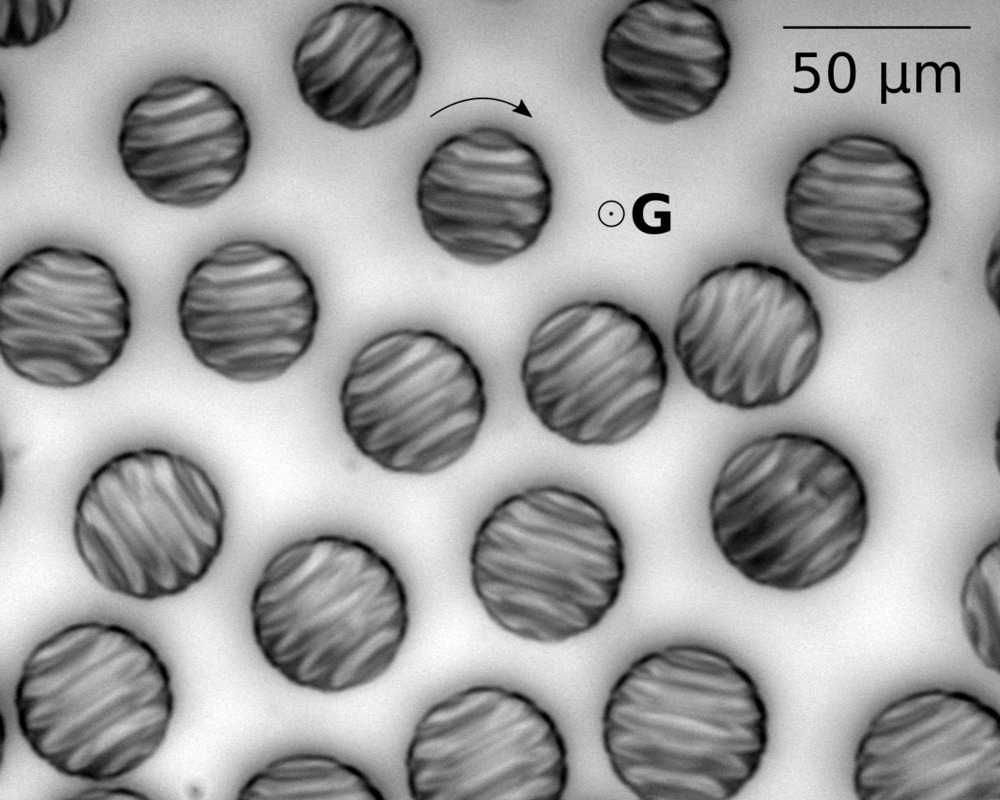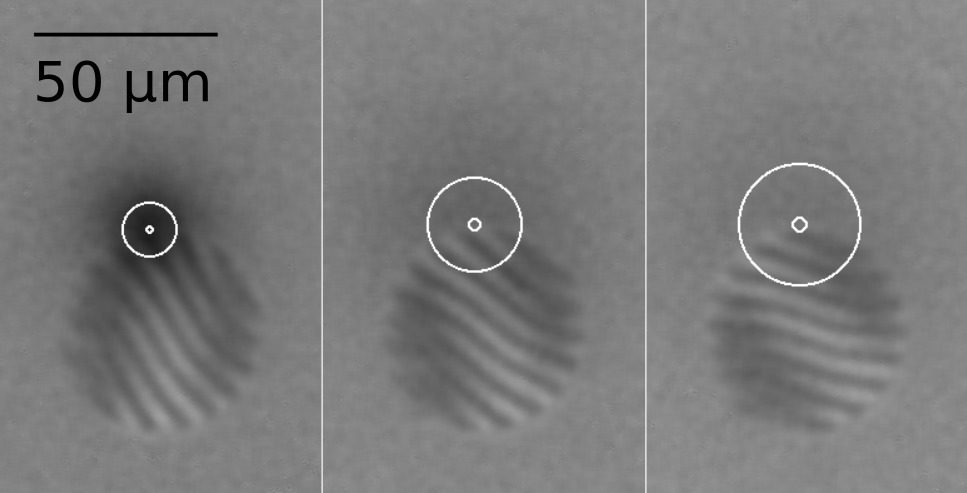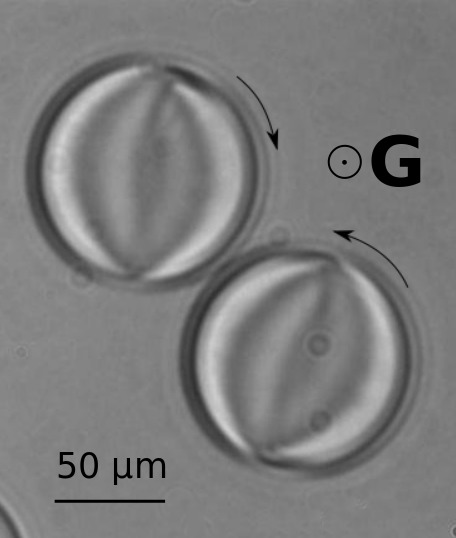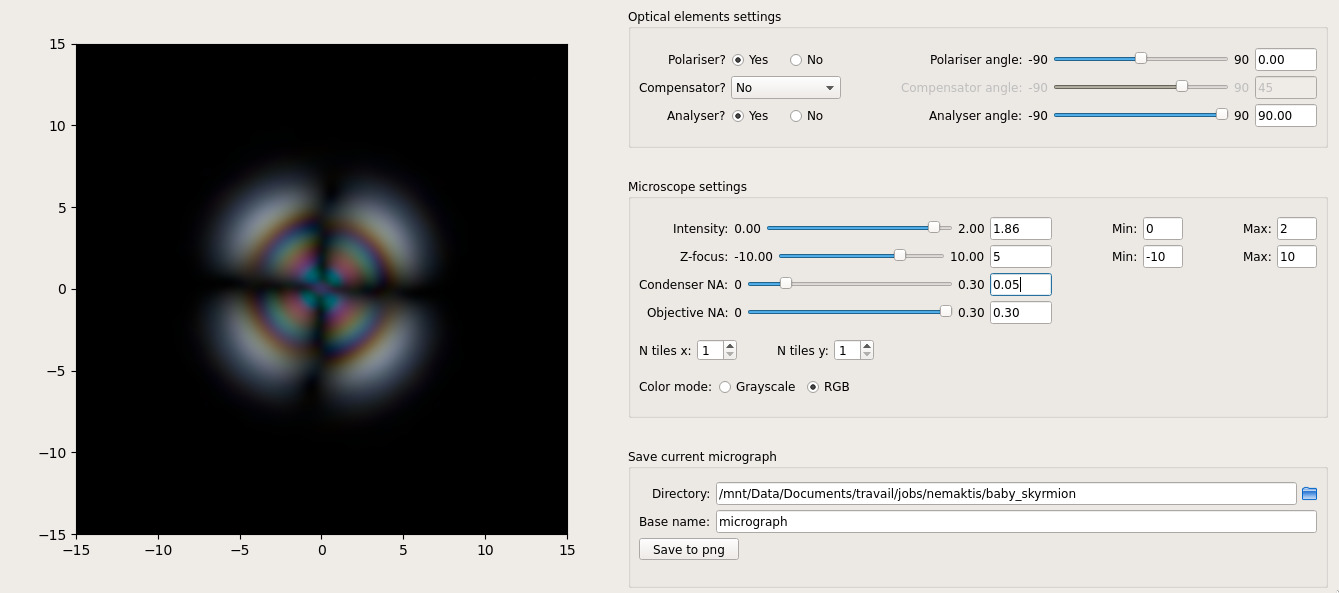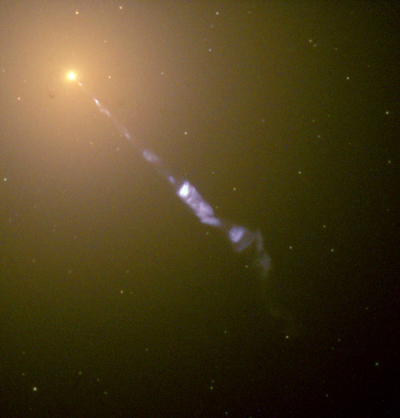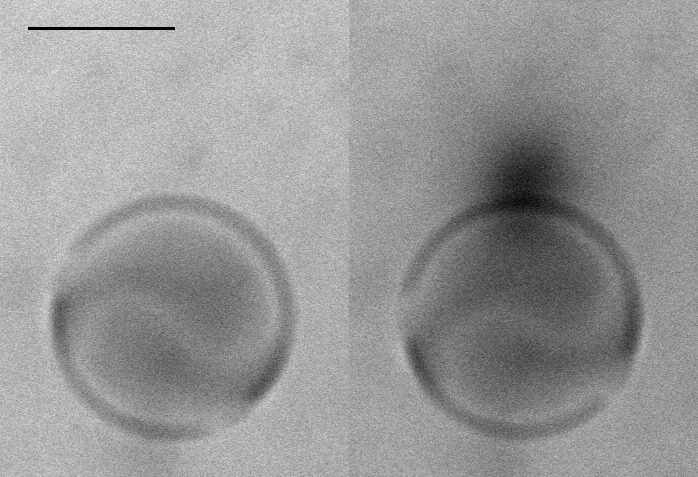About me
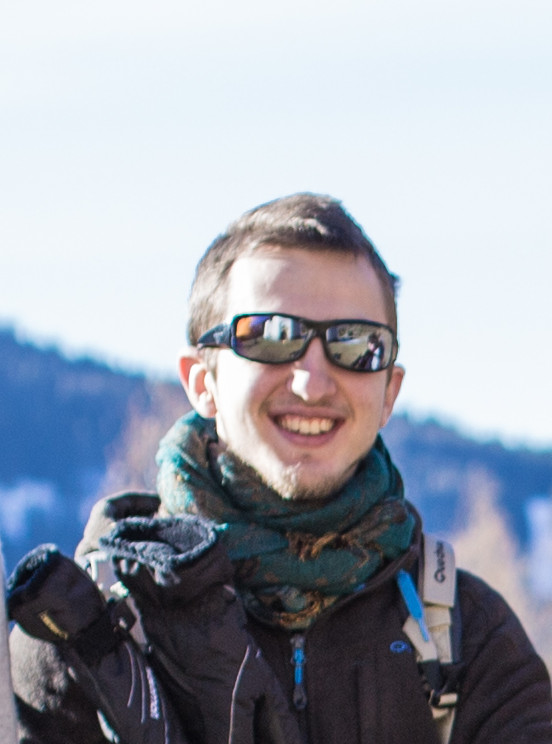
I am a CNRS permanent researcher ("chargé de recherche") at the Laboratoire Charles Coulomb of the University of Montpellier. My current research interests include fluctuating chiral soft matter environments such as cholesteric liquid crystals or granular media with twisted objects. My CNRS project focuses on how chirality can be used to tune the diffusive transports of guest objects inside such chiral media, thanks to combined experimental and theoretical approaches. I am also working with a few collaborators on the optical properties of novel liquid crystals devices and structures, thanks to several modeling tools developed during my postdocs.
Previously, I was a Marie Skłodowska Curie Research Fellow working with Slobodan Žumer in the Soft Matter team of the Faculty of Physics and Mathematics at the University of Ljubljana. We developed a new research direction by combining knowledge from photonics and topological soft matter to find novel ways of guiding light using chiral birefringent media. The non-linear optical response of these media allows a laser beam to be self-confined and to propagate over long distances, leading to what is called spatial optical solitons. Our primary objective was to develop a complete model of optical solitons in chiral birefringent media and examine how these light solitons can be steered and controlled using topological solitons — localized and tunable perturbations of the molecular orientational field which cannot be continuously deformed into the uniform state. Our methodology was based on the theoretical and numerical modeling of the non-linear equations for the propagation of light in chiral birefringent media, combined with collaborative experiments in the group of Ivan Smalyukh. This project has received funding from the European Union's Horizon 2020 research and innovation programme under the Marie Skłodowska Curie grant agreement No. 834256.

